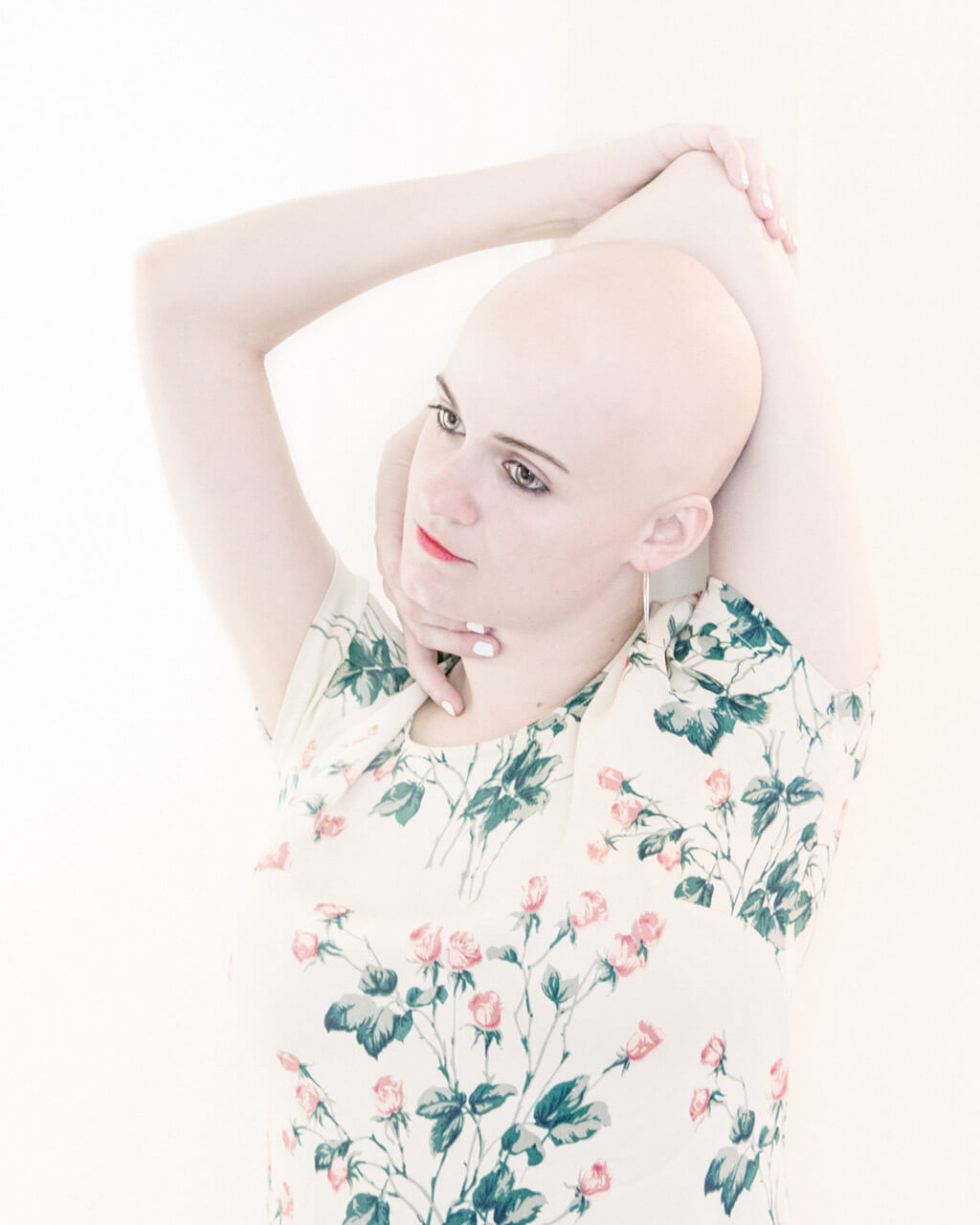
Iconic landscapes and the space permeate the Continuum Ensemble’s second program for the 2017/18 season: Time Travels Light. The concert opens with solo electronic percussion, progressing to a duo and a quartet by Andrew Staniland, and finally moving on to two premieres by Fjóla Evans and Michael Oesterle, set for an ensemble of six (TorQ Percussion Quartet with Ryan Scott and Rob Power) plus six (the lower strings of Continuum).
Drawing from the kitchen sink: Morse code, the sounds of insects and animals, a youthful impression of California past, visceral loneliness in the stark landscape of Iceland — this program is an inversion: percussion dominates and strings accompany. How did we get here?
When artistic director Ryan Scott initially approached Fjóla for a piece for percussion sextet and members of Continuum a year or so ago, she, in return, proposed the addition of six lower strings. Always keen to investigate fresh ideas, Ryan decided to ask Michael Oesterle to rework his percussion octet California to the match this instrumentation, and six+six became a major feature for Sunday’s concert.
The audience may not yet be familiar with Fjóla Evans, but this young Icelandic/Canadian composer/cellist moved from Reykjavik to Toronto when she was not yet a teenager, and grew up in the Junction. Currently a graduate student in composition at the Yale School of Music, Fjóla went to McGill for Undergraduate Cello Performance, where she realized that the Performance program’s focus (orchestral training and the traditional solo career) did not inspire her: “And when I didn’t see myself doing either, I was on a mission to figure out how to become a musician without pursuing those two specific directions.”
Luckily, her innate interest in improvisation (“I was always interested in improvisation on the cello, though I did not know what improvisation meant then,”) and in the collaborative process, led her to the digital composers’ studio at McGill, where Fjóla found her interest in contemporary composition.
After graduating, Fjóla dug deep into the Montréal pop music scene. Thanks to the massive creativity in the city inspired by the success of Arcade Fire, there were many opportunities for her to be involved in gigs and recordings as a ‘cellist, and through these gigs, she developed a keen interest in technology, timbre and sound, the recording process and the manipulation of it.
When she moved to New York to study composition with Julia Wolfe of the Bang on a Can composers’ collective, Fjóla encountered many new inspirations, including the composers Molly Herron) and artist and instrument builder Merche Blasco. Herron’s curation, New Music for New Instruments (2014) paired up instrument makers with composers: the idea of giving completely new instruments to composers carte blanche led to some wild exploration of potentials – those of the new instrument itself, the composer, and of the performers.
Merche and Fjóla presented Whirlpool for Three Sopranos and Theremin Orchestra (Merche made the theremins and Fjóla composed) for the ‘New Music’ show. Fjóla credits both technology and her artist and performers collaborators in encouraging composers to push the boundary: “It is a symbiotic relationship, as my music does not exist if people don’t play it.”
As Fjóla had already shown she was keen to explore combinations of lower sounds in her recent work, Spun (2017), perhaps it was only natural to suggest this six+six format for Continuum.
Looking at the program, my mind wanders back. I remember listening to Bach’s Brandenburg Concerto No.6, BWV 1051, as a young child. Back then, I didn’t know how it happened, but the dark, incredibly beautiful mahogany palette left a striking impression in my heart. Only much later, on my music undergraduate course, I learned that the mechanics of that particular beauty came from the omission of violins, and a cast of lower strings as the main focus — a bold new move.
And it leads me to be curious about Time Travels Light. Percussion may be the oldest instrumental genre, yet it is only relatively recently that serious and rigorous percussion literature has come into existence. Though many elements of this concert may be familiar, it is the freshness of this six+six format and the proven artistic excellence of the performers that entices curious listeners to this Sunday evening expedition, with its new and intriguing destinations.
+++
Continuum presents Time Travels Light, 21 January 2018, 8 pm at 918 Bathurst Street, Toronto.
LUDWIG VAN TORONTO
Want more updates on Toronto-centric classical music news and reviews before anyone else finds out? Follow us on Facebook or Twitter for all the latest.
![]()
- CRITIC’S PICKS | Classical Music Events You Absolutely Need To See This Week: April 22 – April 28 - April 22, 2024
- CRITIC’S PICKS | Classical Music Events You Absolutely Need To See This Week: April 15 – April 21 - April 15, 2024
- SCRUTINY | Laurie Anderson Entrances A Sold-Out Koerner Hall With A Journey Down The Rabbit Hole - April 8, 2024



